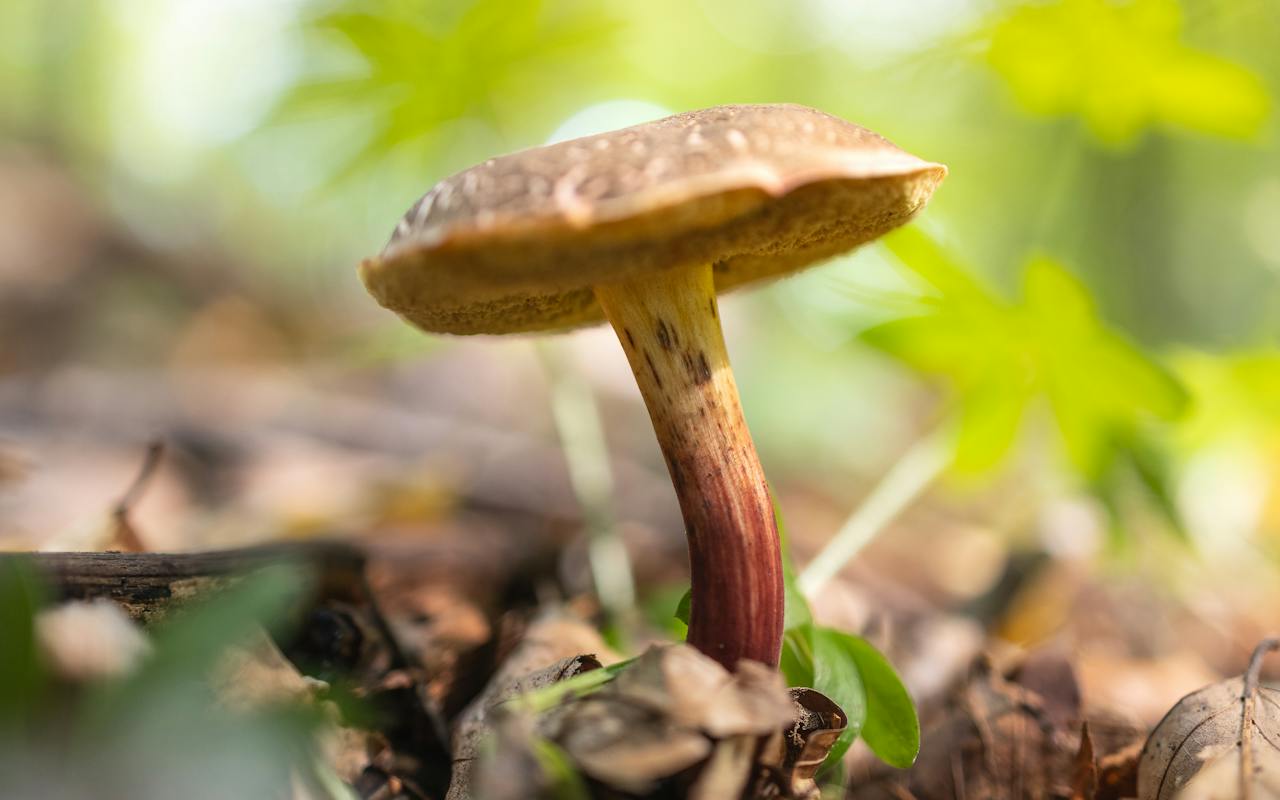Magic mushrooms, or psilocybin mushrooms, have long captivated human curiosity with their mystical reputation and reported mind-altering effects. However, beyond their psychedelic allure lies a fascinating world of scientific inquiry.
If you are wondering how to consume magic mushrooms?
This is your guide to understanding the science behind magic mushrooms, exploring how the active compound, psilocybin, interacts with the brain and its profound effects on perception, mood, and cognition.
The Psilocybin Puzzle: Understanding the Compound
At the heart of magic mushrooms lies psilocybin, a naturally occurring psychedelic compound. When ingested, the body metabolizes psilocybin into psilocin, the primary psychoactive form responsible for the mushroom’s mind-altering effects. Psilocin bears a striking resemblance to serotonin, a neurotransmitter that plays a crucial role in mood regulation, perception, and cognition.
Neurotransmitter Mimicry: Unlocking the Brain’s Doors
Psilocin’s structural similarity to serotonin allows it to bind to serotonin receptors in the brain, primarily targeting the 5-HT2A receptor subtype. This interaction triggers a cascade of events that lead to altered patterns of neuronal firing and communication. The brain, in essence, opens doors to realms unexplored, leading to the vivid perceptual changes characteristic of a psychedelic experience.
The Default Mode Network: Unraveling Ego Dissolution
Research sheds light on the role of the Default Mode Network (DMN) in the psychedelic experience. The DMN is a network of brain regions associated with self-referential thoughts, mind-wandering, and the sense of ego. Psilocybin appears to modulate the activity of the DMN, leading to what is often described as “ego dissolution” – a temporary loss of the boundaries that define an individual’s sense of self.
This alteration in DMN activity is likely linked to the profound and often transformative experiences reported by individuals during a magic mushroom trip. It allows users to perceive the world and themselves in a novel, interconnected way, fostering a sense of unity with the universe.
Mood Enhancement and Neuroplasticity
Beyond perceptual changes, psilocybin has been associated with positive changes in mood and emotional well-being. Studies suggest that the compound may enhance neuroplasticity, the brain’s ability to reorganize and form new connections. This mechanism could underlie the antidepressant effects reported by some individuals after consuming magic mushrooms.
Cognitive Insights: Creativity and Problem-Solving
The influence of psilocybin on cognition extends to creative thinking and problem-solving. Research indicates that the compound may enhance divergent thinking, a cognitive process associated with creativity. Users often report heightened creativity, a broadening of perspective, and novel insights during and after a psychedelic experience.
How to Consume Magic Mushrooms
While the scientific exploration of magic mushrooms is a fascinating subject, it’s crucial to address responsible use. When considering the consumption of magic mushrooms, several factors should be taken into account:
- Dosage: The potency of magic mushrooms can vary, so it’s essential to start with a low dose and gradually increase if needed. A standard moderate dose ranges from 1 to 2.5 grams of dried mushrooms.
- Setting: The environment in which you consume magic mushrooms significantly influences the experience. Choose a comfortable, safe, and familiar setting, preferably with a trusted and sober trip sitter.
- Mindset: Your mental state plays a crucial role in the psychedelic experience. Approach the journey with a positive mindset and an open, accepting attitude.
- Integration: After the experience, take time to reflect on and integrate the insights gained. Some individuals find value in discussing their experiences with therapists or support groups.
Recent Advancements in Understanding
The renaissance of psychedelic research has brought about a resurgence of interest in understanding the therapeutic potential of magic mushrooms. Recent advancements include:
- Clinical Trials: Psilocybin-assisted therapy is undergoing clinical trials for conditions such as depression, anxiety, and PTSD. Preliminary results show promising outcomes, igniting hope for alternative treatment approaches.
- Neuroimaging Studies: Advanced neuroimaging techniques, such as functional MRI (fMRI) and PET scans, have provided insights into the neural correlates of the psychedelic experience. Researchers can now observe real-time changes in brain activity, helping unravel the intricacies of psilocybin’s effects.
- Molecular Mechanisms: Scientists are delving into the molecular mechanisms underlying psilocybin’s antidepressant effects. Understanding these mechanisms could pave the way for the development of targeted therapies with fewer side effects than traditional antidepressants.
A Note on Responsible Consumption
Before concluding our journey with The Green Ace magic mushrooms, it’s crucial to learn about responsible use. While research points towards therapeutic potential, misuse or irresponsible consumption can lead to adverse effects. Always prioritize safety, legality, and individual well-being.
Explore the World of Magic Mushrooms
Learning about how magic mushrooms work is interesting. It’s like exploring a map of the brain to see how the special stuff in mushrooms, called psilocybin, affects how we see things, our feelings, and our thinking.People buy magic mushrooms online in Canada for different reasons – some just to explore, others for therapy. Using them responsibly means taking a trip into your own mind with care and respect.

 DISCORD
DISCORD